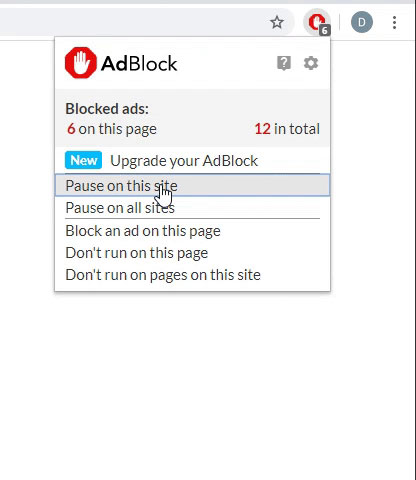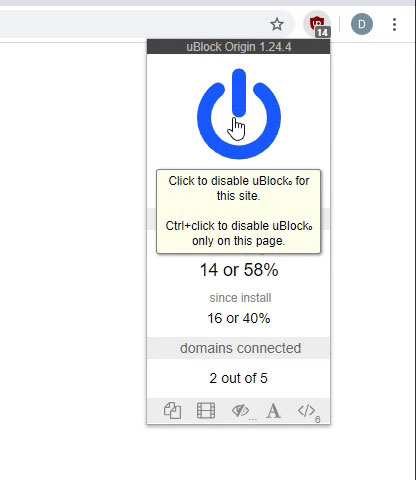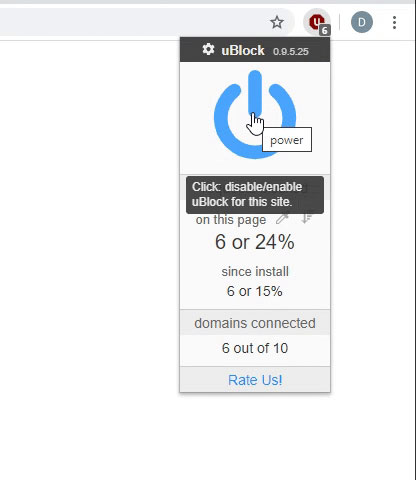Engineer Joe
Well-known Member
- Joined
- Jun 10, 2005
- Messages
- 549
For some reason, my On Error Resume Next isn't working for one of my macros. It doesn't resume next, but pops up the debug screen. anyone have an idea of why? I've checked and err.number = 0 going into the statement. It throws a 1004, which i've always been able to resume next afterwards. i'm not sure why it's doing it now.





